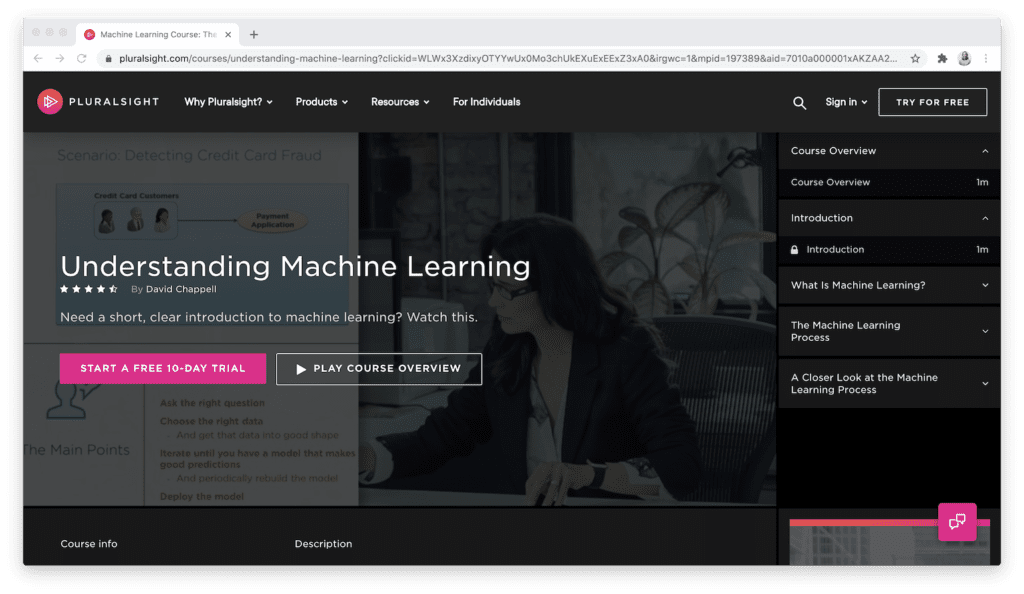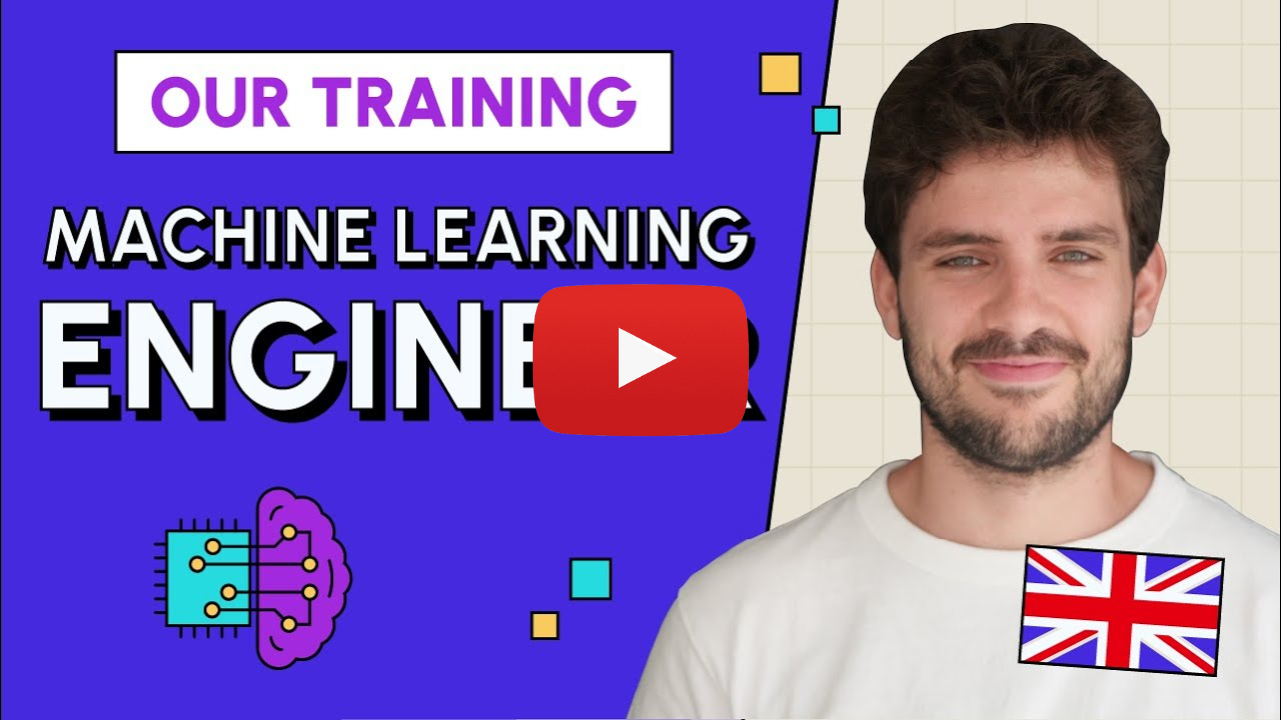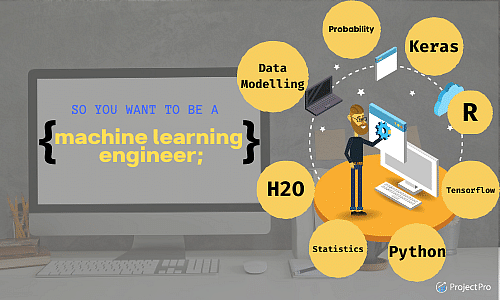All Categories
Featured
Table of Contents
On the various other hand, ML designers specialize in structure and releasing artificial intelligence versions. They concentrate on training models with information to make predictions or automate tasks. While there is overlap, AI engineers handle more diverse AI applications, while ML engineers have a narrower concentrate on artificial intelligence algorithms and their sensible execution.
Artificial intelligence engineers concentrate on creating and deploying maker understanding designs into manufacturing systems. They deal with engineering, making sure models are scalable, effective, and integrated into applications. On the other hand, information scientists have a broader duty that consists of information collection, cleaning, exploration, and building versions. They are often in charge of removing understandings and making data-driven decisions.
As companies progressively take on AI and artificial intelligence innovations, the need for knowledgeable experts grows. Device discovering designers work with cutting-edge tasks, contribute to development, and have affordable salaries. Success in this field requires continuous knowing and keeping up with advancing modern technologies and strategies. Artificial intelligence duties are normally well-paid, with the capacity for high earning potential.
ML is fundamentally various from typical software advancement as it concentrates on training computer systems to gain from information, instead of programming explicit guidelines that are implemented methodically. Unpredictability of results: You are possibly used to writing code with foreseeable outputs, whether your function runs when or a thousand times. In ML, nevertheless, the outcomes are much less certain.
Pre-training and fine-tuning: Just how these designs are trained on vast datasets and then fine-tuned for specific jobs. Applications of LLMs: Such as message generation, belief analysis and information search and retrieval.
An Unbiased View of Machine Learning Applied To Code Development
The capacity to manage codebases, combine changes, and fix problems is equally as crucial in ML advancement as it is in traditional software jobs. The skills developed in debugging and testing software applications are extremely transferable. While the context may alter from debugging application reasoning to recognizing problems in information processing or version training the underlying concepts of systematic examination, theory screening, and repetitive improvement are the same.
Device knowing, at its core, is greatly reliant on statistics and possibility concept. These are vital for comprehending just how formulas learn from information, make forecasts, and evaluate their efficiency.
For those interested in LLMs, a complete understanding of deep understanding designs is helpful. This consists of not just the mechanics of neural networks yet additionally the style of details versions for different usage cases, like CNNs (Convolutional Neural Networks) for photo processing and RNNs (Recurrent Neural Networks) and transformers for consecutive data and natural language handling.

You should recognize these problems and discover techniques for recognizing, minimizing, and connecting regarding predisposition in ML versions. This consists of the prospective influence of automated decisions and the honest ramifications. Lots of models, specifically LLMs, need substantial computational sources that are frequently provided by cloud platforms like AWS, Google Cloud, and Azure.
Structure these abilities will certainly not just facilitate a successful shift into ML however also ensure that programmers can contribute properly and properly to the innovation of this vibrant area. Theory is essential, but absolutely nothing beats hands-on experience. Start servicing jobs that enable you to use what you've found out in a functional context.

Construct your jobs: Start with straightforward applications, such as a chatbot or a message summarization tool, and progressively increase complexity. The area of ML and LLMs is quickly progressing, with new breakthroughs and modern technologies emerging regularly.
The Best Guide To Machine Learning & Ai Courses - Google Cloud Training
Contribute to open-source jobs or compose blog articles about your discovering trip and jobs. As you get know-how, begin looking for chances to incorporate ML and LLMs into your job, or look for brand-new duties focused on these modern technologies.
Possible usage situations in interactive software application, such as referral systems and automated decision-making. Comprehending uncertainty, basic statistical procedures, and likelihood circulations. Vectors, matrices, and their duty in ML formulas. Mistake minimization methods and gradient descent explained simply. Terms like design, dataset, features, labels, training, inference, and recognition. Data collection, preprocessing methods, version training, evaluation procedures, and release considerations.
Choice Trees and Random Forests: User-friendly and interpretable models. Support Vector Machines: Maximum margin classification. Matching issue types with proper versions. Stabilizing performance and complexity. Fundamental framework of neural networks: nerve cells, layers, activation features. Layered computation and ahead propagation. Feedforward Networks, Convolutional Neural Networks (CNNs), Frequent Neural Networks (RNNs). Picture recognition, sequence forecast, and time-series analysis.
Data circulation, transformation, and function engineering techniques. Scalability principles and efficiency optimization. API-driven techniques and microservices integration. Latency administration, scalability, and variation control. Constant Integration/Continuous Deployment (CI/CD) for ML process. Version surveillance, versioning, and performance monitoring. Discovering and dealing with changes in design performance with time. Addressing performance bottlenecks and source management.
Facts About Zuzoovn/machine-learning-for-software-engineers Revealed
Training course OverviewMachine learning is the future for the following generation of software application specialists. This program works as an overview to artificial intelligence for software program designers. You'll be presented to 3 of the most relevant parts of the AI/ML self-control; managed knowing, semantic networks, and deep understanding. You'll grasp the distinctions in between typical programming and device knowing by hands-on advancement in supervised discovering prior to constructing out complex dispersed applications with semantic networks.
This program functions as an overview to machine lear ... Show More.
The typical ML operations goes something like this: You require to understand the service trouble or purpose, before you can try and solve it with Maker Understanding. This typically implies study and cooperation with domain degree professionals to define clear purposes and requirements, along with with cross-functional groups, including data scientists, software application designers, item supervisors, and stakeholders.
: You select the most effective version to fit your goal, and after that educate it using collections and frameworks like scikit-learn, TensorFlow, or PyTorch. Is this functioning? An integral part of ML is fine-tuning designs to get the desired end result. So at this phase, you review the efficiency of your selected device finding out model and after that utilize fine-tune version specifications and hyperparameters to boost its efficiency and generalization.
Does it proceed to work currently that it's real-time? This can likewise mean that you upgrade and re-train versions regularly to adapt to altering information circulations or service needs.
The Ultimate Guide To 19 Machine Learning Bootcamps & Classes To Know

Artificial intelligence has exploded recently, many thanks in component to advancements in information storage space, collection, and computing power. (In addition to our desire to automate all the important things!). The Equipment Knowing market is predicted to get to US$ 249.9 billion this year, and after that continue to grow to $528.1 billion by 2030, so yeah the demand is pretty high.
That's simply one job publishing web site additionally, so there are even extra ML tasks out there! There's never been a better time to get into Maker Learning.
Right here's the thing, tech is just one of those markets where some of the greatest and ideal individuals worldwide are all self taught, and some even honestly oppose the concept of people obtaining a college degree. Mark Zuckerberg, Expense Gates and Steve Jobs all left before they obtained their levels.
Some Known Facts About Machine Learning Engineer Course.
As long as you can do the job they ask, that's all they actually care around. Like any new skill, there's certainly a discovering curve and it's going to feel difficult at times.
The main differences are: It pays insanely well to most other careers And there's an ongoing discovering aspect What I imply by this is that with all tech roles, you need to remain on top of your video game to make sure that you know the current abilities and changes in the sector.
Kind of simply exactly how you may find out something brand-new in your present work. A whole lot of individuals that work in technology in fact enjoy this because it suggests their task is constantly transforming slightly and they take pleasure in discovering brand-new points.
I'm going to state these abilities so you have a concept of what's needed in the task. That being stated, an excellent Artificial intelligence training course will educate you mostly all of these at the very same time, so no need to stress and anxiety. Several of it may even appear challenging, but you'll see it's much less complex once you're using the concept.
Table of Contents
Latest Posts
How To Get A Software Engineer Job At Faang Without A Cs Degree
Mastering The Software Engineering Interview – Tips From Faang Recruiters
The Ultimate Software Engineer Interview Prep Guide – 2025 Edition
More
Latest Posts
How To Get A Software Engineer Job At Faang Without A Cs Degree
Mastering The Software Engineering Interview – Tips From Faang Recruiters
The Ultimate Software Engineer Interview Prep Guide – 2025 Edition